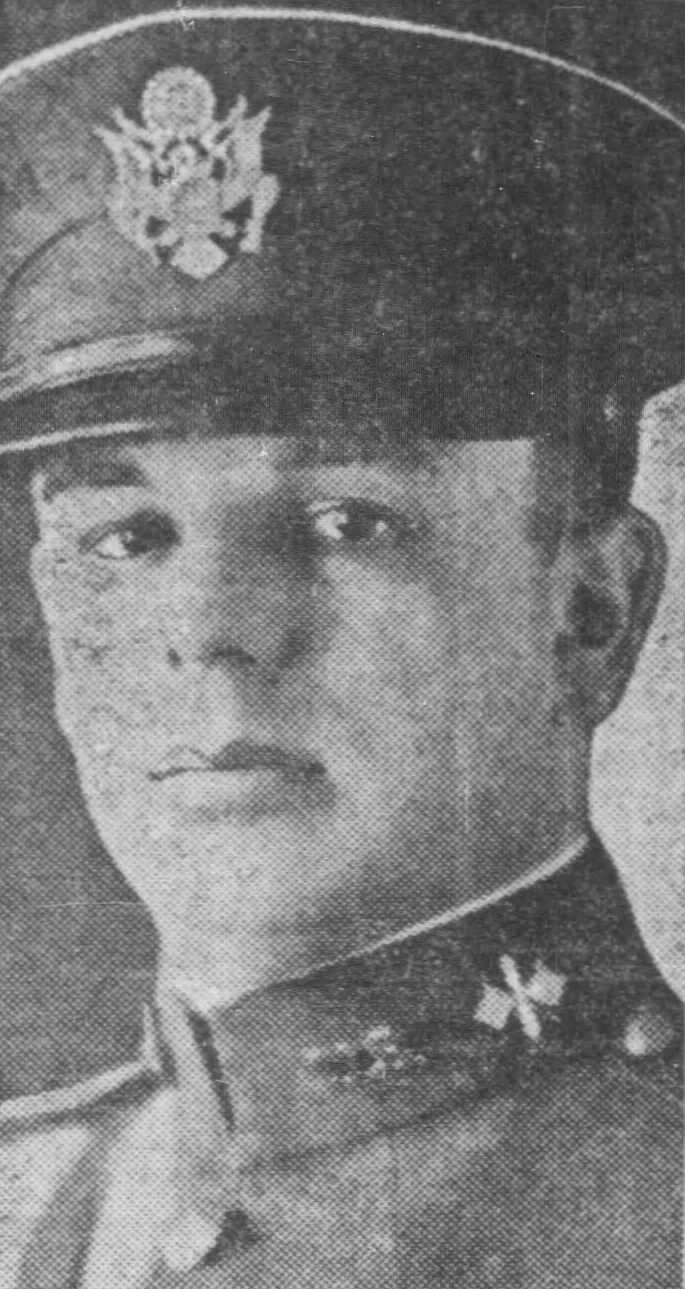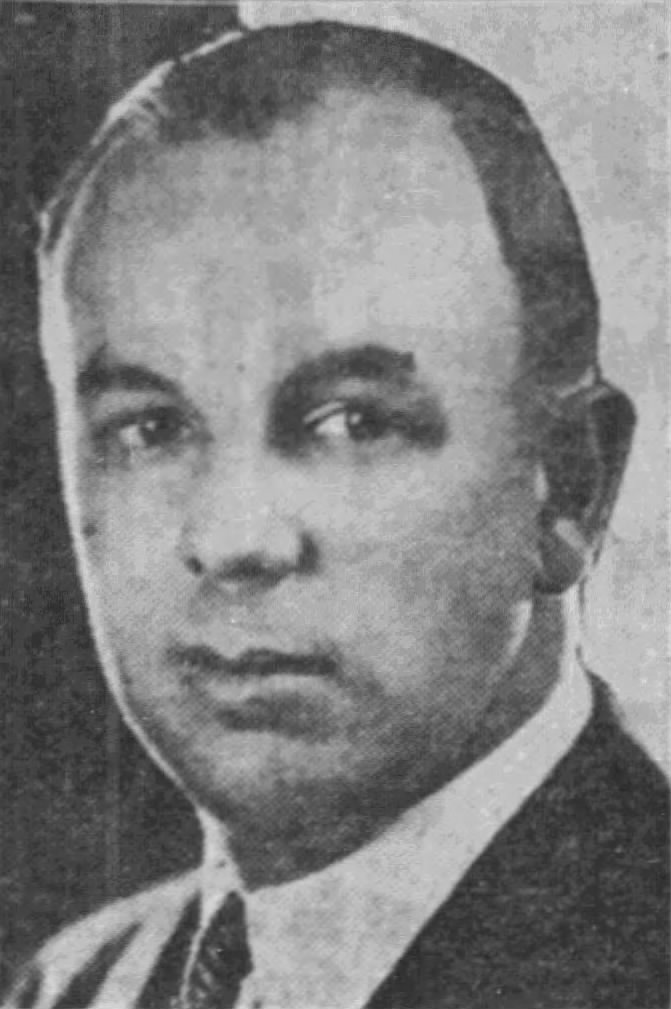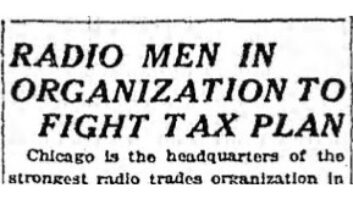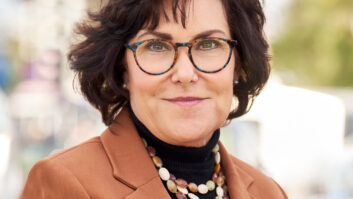
Author’s Note: April 18, 2024, marks the 100th anniversary of the founding of the CTA (Consumer Technology Association), which started as the RMA (Radio Manufacturers Association). This is part of a series of essays exploring and celebrating CTA’s and our industry’s first century of invention, innovation, and entrepreneurship, assembled from varying technology historical research and writings I have done over the course of 20-plus years, including from an annually updated industry history for CTA’s now-defunct Digital America, 20-plus years of CTA Hall of Fame inductee biographies, and numerous tech history articles for a variety of publications over the years.
He was elected unanimously as the first Radio Manufacturers Association (RMA) president, then served again as the second and fifth president of what would eventually morph into CTA. Considering that he never worked for a major radio company or received any formal electronics education, Herbert H. Frost must have been one charismatic, sharp, ebullient, back-slapping glad-hander who, thanks to his extensive military service, exuded natural leadership, confidence, and camaraderie. These qualities made Frost, in many ways, the indispensable man, the consumer electronics industry’s George Washington.
Frost was born May 15, 1893, on a ranch in Brookings, South Dakota. His family soon moved south to Knoxville, TN, and Frost attended local public schools, the nearby Columbia Military Academy outside Nashville, and then the elite Butler School in Huntsville, AL. After his schooling, Frost received practical vocational training in a local Alabama foundry and machine shop, then got his introduction to electrical engineering during a stint at the Alabama Power Company. In 1914, Frost arrived in Chicago with $2 in his pocket and a telescope suitcase packed with homemade clothes to work for what is now Commonwealth Edison (ComEd). A year later, he spent time as an electrical buyer for Sears Roebuck.
In 1916, he enlisted in the Army and saw service as a cavalry officer along the Mexican border during General Jack Pershings’s Pancho Villa punitive expedition, gaining valuable leadership experience. Three months after America’s entry into World War I and two months after his marriage in July 1917, Frost reenlisted, this time in the Army Signal Corps, as a first lieutenant. Frost rose to captain by the time he deployed overseas four months later and conducted radio research in France, in charge of testing and analyzing captured German radio equipment. Frost also assembled a “Manual for Radio Companies of the Signal Corps,” which became a Signal Corps standard for years afterward. By the end of the war, Frost had been promoted to major.
See also: CTA Centennial Part 1: Founding
After his discharge in February 1919, Frost moved back to Chicago. He worked for a year as a sales rep for leading, and sometimes controversial, vacuum tube maker Elmer T. Cunningham before opening his own radio parts manufacturing business in March 1922 at 154 West Lake Street in Chicago, soon opening offices in both L.A. and New York. Over the course of his Chicago radio career, Frost developed and won industry awards for several new and improved radio parts, including advanced speakers, headphones, and plugs.
On April 18, 1924, Frost joined representatives from 16 other Chicago radio companies to form RMA. Four days later, likely as an acknowledgment of his unique combination of military leadership bearing and sales bonhomie, a temporary board of directors unanimously elected Frost the first RMA chair. On June 23, Frost was formally elected RMA’s first president.
Frost was an active leader, organizer, and cheerleader for the nascent radio industry, authoring numerous syndicated newspaper articles under the byline Major Herbert H. Frost, and, likely, making numerous radio appearances. Frost and other RMA executives also worked to solve nagging patent problems and establish industry business operation and technology standards to help stabilize and grow the still-young radio business.

Frost was re-elected RMA president in 1925. But in late March 1926, Frost, still a member of the Army reserve, was called to Washington to serve as chief signal officer of the U.S. Army in the office of the U.S. Secretary of War, Daniel Davis, a former tennis player for whom the Davis Cup is named. Frost’s mission was to help organize and coordinate cooperation between the growing commercial radio industry and the military. Frost sold his radio parts business but continued to serve as RMA’s president for the remainder of his second term before devoting the bulk of his time over the next two years to his government service.
Representing the U.S. government, Frost sailed to and toured England and France in the summer of 1927 to hold meetings with “leading radio interests,” likely benefitting both the industry’s commercial interests as well as U.S. national security. After completing his government service the following June, Frost was once again elected RMA president.
After completing his final RMA presidential term in mid-1929, Frost remained active in the organization and the industry. He continued to write numerous radio-boosting newspaper articles, was a go-to source for reporters on all things radio, chaired or served on multiple RMA committees, and attended and even spoke at succeeding RMA conferences. Frost was well-known enough in Chicago that he was featured in an ad endorsing the Chicago-New York 20th Century Limited train service.
When the U.S. entered World War II, Frost returned to active military service. In 1941, now Lt. Colonel Frost established and trained the Army’s 1st Commando Group with the 2d Armored Division at what was then Fort Benning, Georgia (now Fort Moore). Promoted to full colonel, Frost served as chief of staff for the 13th Armored Division “Black Cats,” part of George Patton’s Third Army, which landed in France in January 1945. Frost was injured during the Ruhr Pocket campaign in Germany in April 1945 and received the Legion of Merit, the Purple Heart, the Legion of Honor, and the Reconnaissance Metal.
After the war, Frost moved to Rye, NY. In 1948, he traveled to Greece as a representative of the State Department on agricultural aid. He continued to keep his hand in the consumer electronics industry, working in a series of executive jobs for several radio and technology companies. He also was an avid and award-winning horseman as a member of the 61st Cavalry Division horse show team and served as an officer in the Armor Association well into the 1950s.
Frost died September 10, 1956, after “a long illness” and is buried at Arlington National Cemetery, a hero of both his country and the consumer electronics industry.
About the Author
Stewart Wolpin has been covering the consumer technology industry for more than four decades, including for TWICE since its founding. He’s authored a slew of technology history articles and has written the bulk of the biographies of the Consumer Technology Association Hall of Fame inductees. He’s also written “Bums No More: The Championship Season of the 1955 Brooklyn Dodgers,” and “The Rules of Neighborhood Poker According to Hoyle.” You can see his technology reportage, historical and current, at stewartwolpin.com.
See also: Kinsey Fabrizio Named President Of Consumer Technology Association












